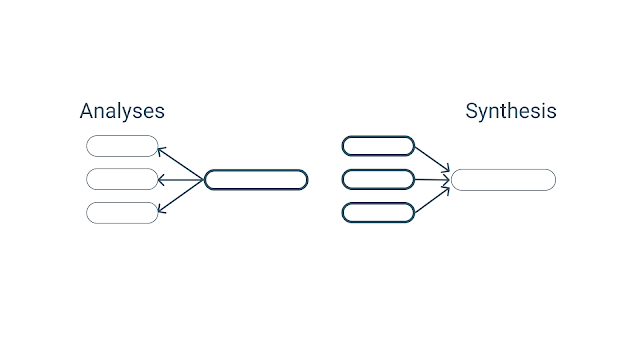L7: Inventory is your friend. Here is why.

Fluctuations cause problems for all production systems. During the shift, we produce different products or product variances. Processes will take longer than planned or will be faster. We can have different quality issues or breakdowns. Parts may arrive early or late. Essentially, the material does not flow at a consistent speed but often moves in waves - sometimes faster and sometimes slower. Fluctuations create disturbances in the production process therefore a major part of lean manufacturing is r educing fluctuations. To eliminate the impact of fluctuations - inventory is our friend. The buffer inventory goes up and down like waves and decouples the fluctuations. This allows our machines and operators to work at a constant speed . Consequently, we can provide our internal customers with material despite e.g., a fluctuating demand. If we cut our inventory, our ability to decouple these fluctuations decreases. Inventory is one of the 7 wastes in production that...
